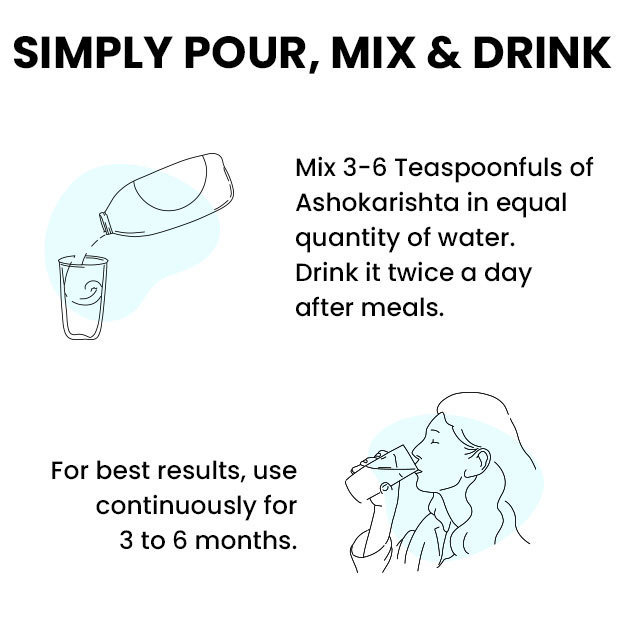Breast lumps are abnormal tissue growths in the breasts. These may be round or irregular, painless or painful, with or without ulcers, soft or hard, and cancerous or non-cancerous. Many breast lumps are not harmful. Hence, when you identify or are diagnosed with a breast lump, do not worry. But make sure you visit a doctor to get the correct diagnosis.
Ignoring a breast lump is not a good idea because it may spread and cause discomfort. If left untreated, they may cause severe complications and you may have to get your breast removed.











































